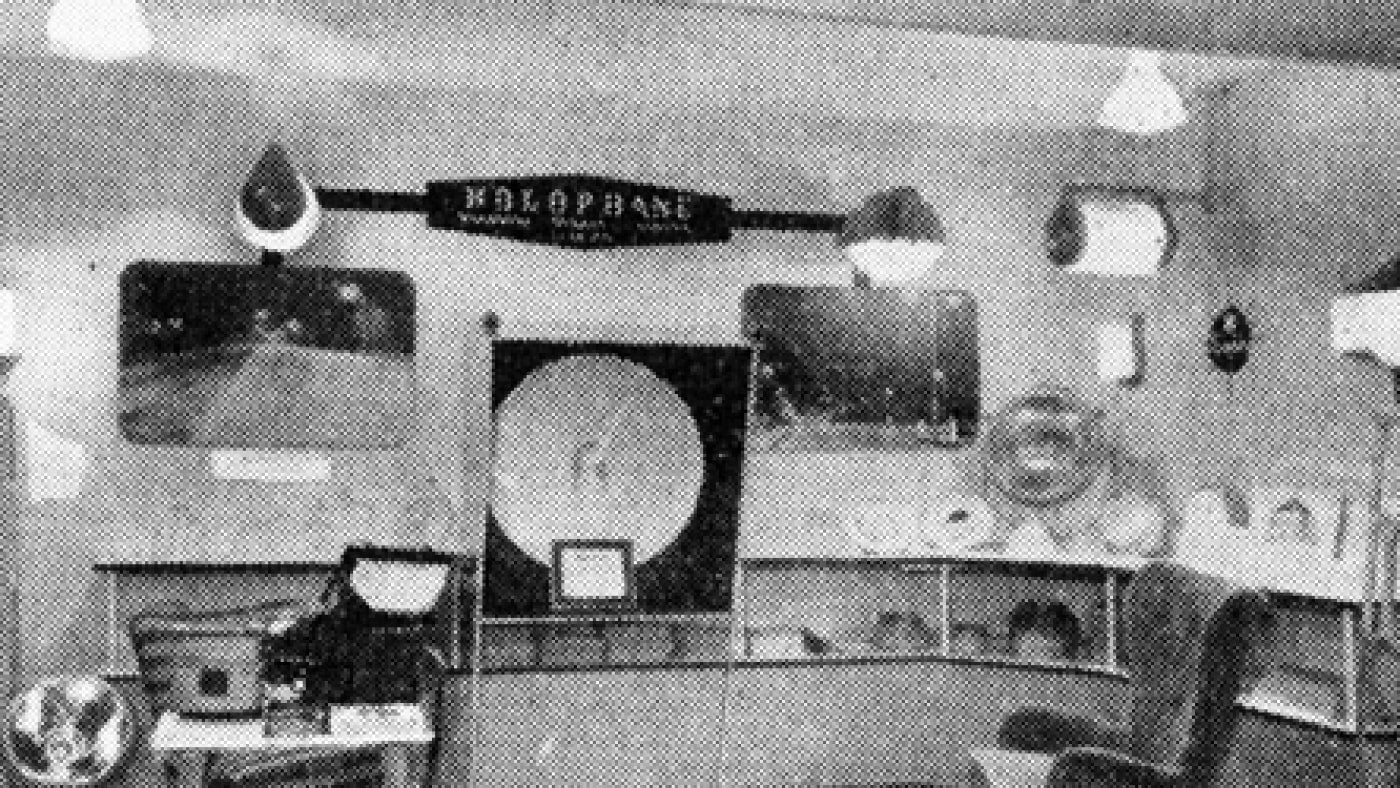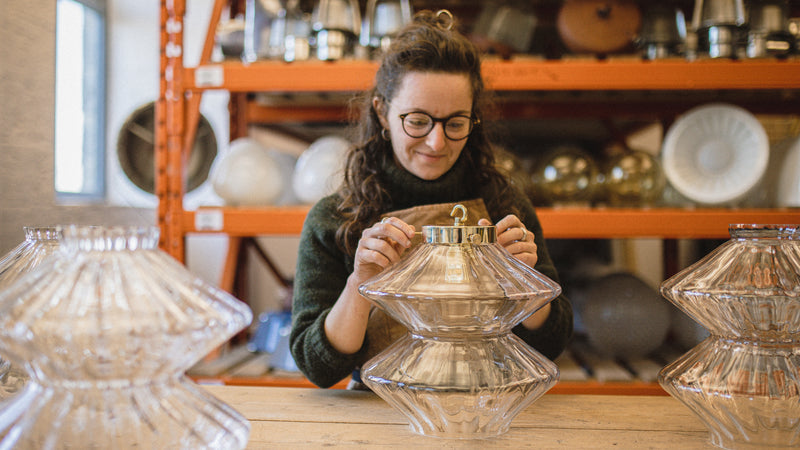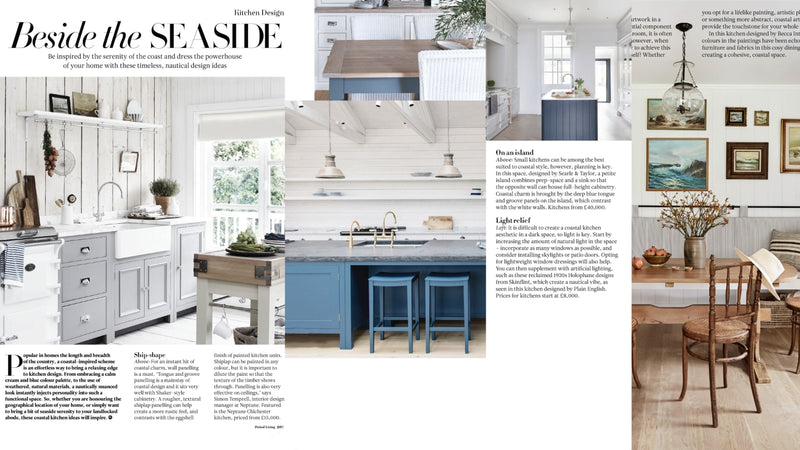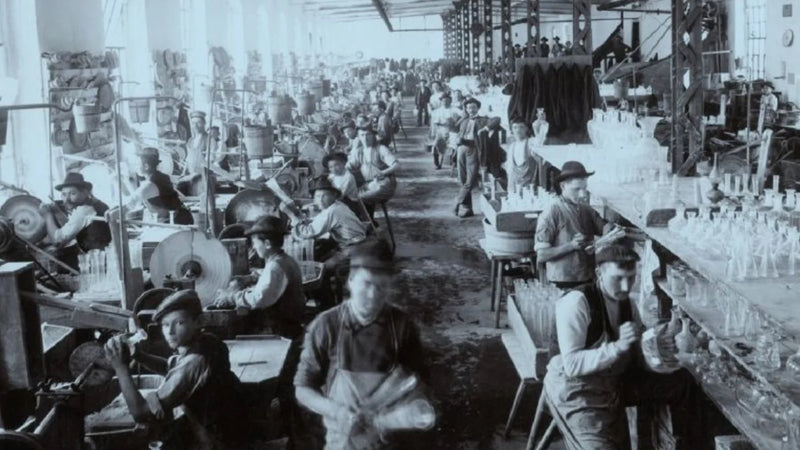
Holophane' a short History Of Prismatic Lighting

To meet the growing demand for efficient lighting UK company Holophane began to manufacture prismatic glass pretty much at the birth of electricity. Prismatic shades operate by breaking up and spreading the beam of light into a myriad of beams using prisms, making a lower voltage bulb a much more effective light source, perfect for the early days of electricity. As a result Holophane lights were frequently used in Curches, as street-lights and to illuminate factories with lights such as this Paint-works light from the 1950's (easy to spot the age due to the degraded aluminium, all the good stuff had been used in WW2)

A fascinating insight into Prismatic lighting. This short film from Holophane entitled The Legend Of The Prism gives a concise history of the famous lighting manufacturer from it's birth in the early 20th Century to the present day. You can even watch the glass being hand-blown as it used to be.
https://www.youtube.com/watch?v=ttLOiLcTpbY
Next time you take a stroll down a street, or find yourself in a railway station have a look up and see if you are lucky enough to spot a Holophane light. There are still some vintage ones in use today- although they are sadly quite rare due to vandalism and many have been replaced with plastic shades which simply do have the same quality of light.




You might also like
Day in the life: Rosy Seal, prop hire engineer
Speaking to the British Film Designer's Guild, skinflint's workshop team member Rosy reveals what goes on behind the scenes restoring our original vintage lights ready for prop hire for TV and film.
Prop HirePeriod Living: Beside the Seaside
Exploring what it takes to transform a kitchen into a nautical haven, featuring skinflint’s 1920s Holophane pendant lights and Plain English.
In the pressThe resilient legacy of vintage Czech lighting
Our latest Czech Crystal: Bohemian Origins collection features vintage lights that came from an era of defiance, where artistic vision slipped through the cracks and flourished through the Bohemian tradition of glassmaking.








